Racism and hate close to home during World War II
I took my one-year-old son with me recently to the Hayward Area Historical Society’s Museum of History and Culture, where they are showcasing the local Japanese American WWII experience. The exhibit, called Loyal Americans: Japanese American Imprisonment During World War II, was to end in October but is extended until December 30, 2018.
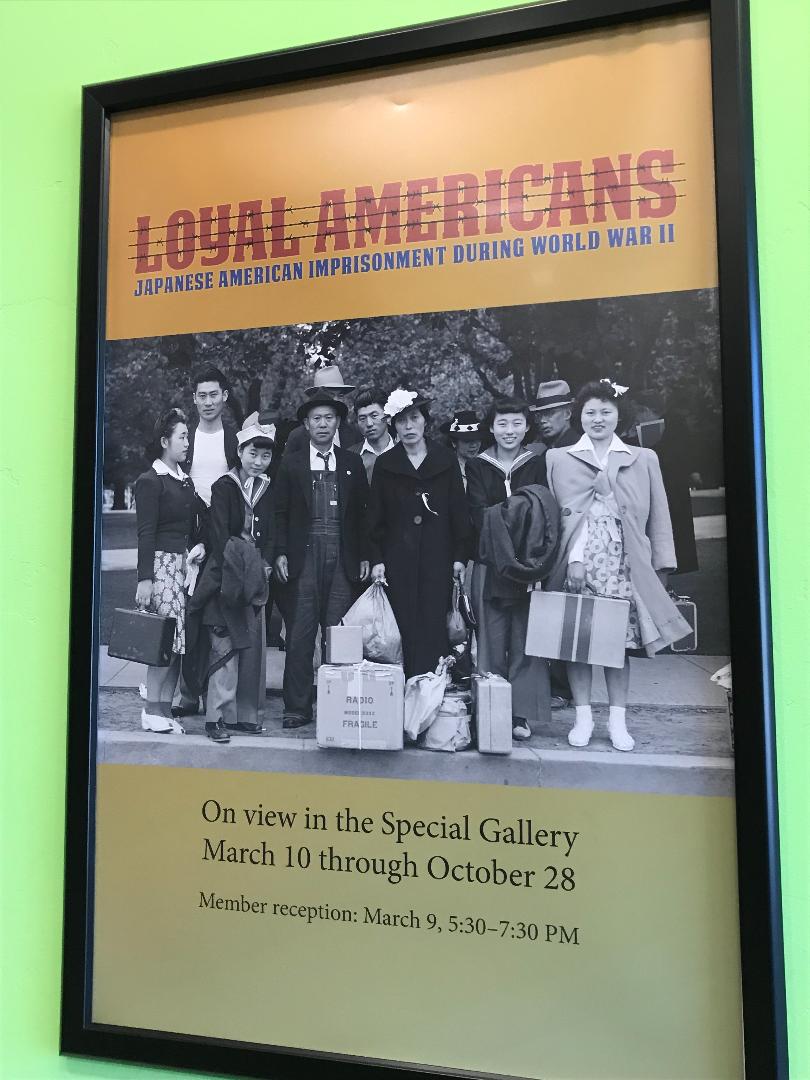
I recommend everyone visit the museum. It is free to the public and a great place to take your kids. This exhibit is important for anyone wanting to learn about the history of racism against Japanese Americans in Alameda County’s Eden Area — Ashland, Cherryland, Castro Valley, Fairview, Hayward and San Lorenzo. The exhibit draws parallels between that sorry era of forced removal and incarceration of the Japanese community to what is happening today in the U.S. with recent anti-immigration policies imposed by the Trump Administration. There were poignant moments for me while viewing this exhibit as I read about how Japanese Americans right here in our community were stripped of their basic human rights. One cannot help but see the similarities to what is happening to other groups today across the nation.
The exhibit is supported by the members of the Eden Township Chapter of the Japanese American Citizens League (JACL), the nation’s oldest and largest Asian American civil rights organization. The Eden Township chapter was formed in 1932 after Japanese Americans were refused access to the Hayward Plunge. By December 1941, after the Japanese bombed Pearl Harbor, a racist, xenophobic propaganda campaign targeted people of Japanese heritage here, portraying them as enemies of our nation. Local newspapers published editorials supporting imprisonment of the Japanese Community, whom they called a danger to society. The Alameda County Board of Supervisors at that time likewise unanimously approved a motion to “urge the federal government to transport all Japanese nationals along the Pacific Coast to inland point.” A few weeks later, plans were in place to evacuate all people of Japanese ancestry from the Hayward area when President Franklin D. Roosevelt signed Executive Order 9066.
The items on display belong to several local families from their time in the incarceration camps. The majority of Japanese Americans in the Eden Area were taken to Topaz, Utah, where they faced harsh winters, as well as dust and dry heat during summers. Seeing the locations where the Japanese American community had to report locally is especially chilling.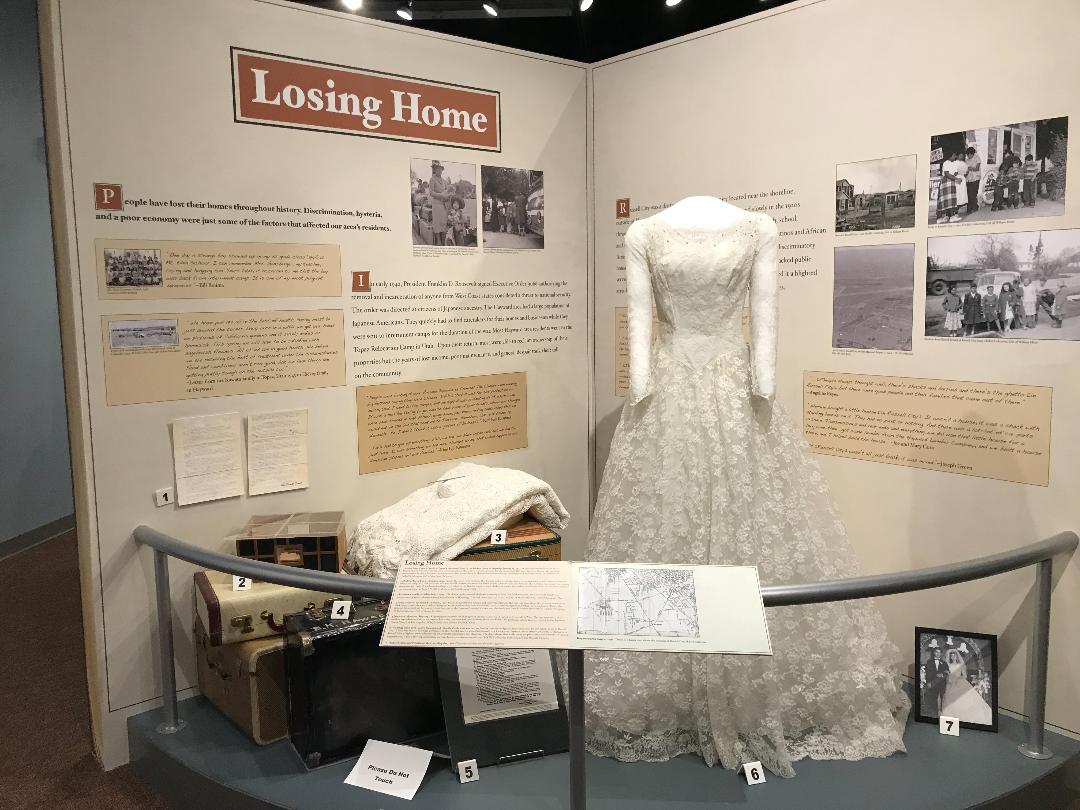
On May 3, 1942, local Japanese Americans were required to register at the “Civil Control Center” located at 920 C Street. At the entrance of the exhibit, you can see the name of each person who registered. The Hayward Plaza (present-day Hayward Public Library) was where the Japanese community gathered to be shipped off to Tanforan in San Bruno — a racehorse track at that time (now Tanforan Mall), which was used as an temporary detention facility. Many slept in the horse stables while held there before eventually being sent to Topaz, Utah — one of several concentration camps throughout the nation.
Before leaving their homes, each person was allowed to bring only what they could carry, and had to leave everything else behind or make other arrangements to sell, give away or entrust to a friend. This included belongings that they had worked hard for: cars, businesses, items in their homes, family heirlooms. They also had to leave pets behind.
A display at the exhibit that asks “What Would You Carry?” Those being forced into internment caps were only given five choices, not knowing whether or not they may need them. This exercise reminds me of an exhibit I saw at the National Holocaust Museum in Washington, D.C. With what is happening today, I can only imagine people who are fleeing violence and horrific living conditions bringing only what they can carry to reach safety and survival.
The exhibit shares a very dark history of our nation and especially of our local area where leaders and the community were supportive of getting rid of the local Japanese community. The history of local racism and hate needs to be shared and passed down to future generations — a compelling reminder to use our voice when we see injustice happening around us.
Visitor Information:
Hayward Area Historical Society Museum of History and Culture
22380 Foothill Boulevard
Hayward, CA 94541
HAHS: (510) 581-0223
Cafe: (510) 581-0103
info@haywardareahistory.org
HOURS
Museum
Wednesday – Sunday 10 a.m. – 4 p.m.
Research Library
Appointments available Monday through Friday
Cannery Cafe
Open Wednesday – Sunday 8:30 a.m. – 2 p.m.
Closed Monday and Tuesday
ADMISSION
Free admission courtesy of the Donna L. Martins & Edward E. Martins Foundation
PARKING
Free parking is available behind the building in the municipal parking lot. The parking lot is accessible from Russell Way.
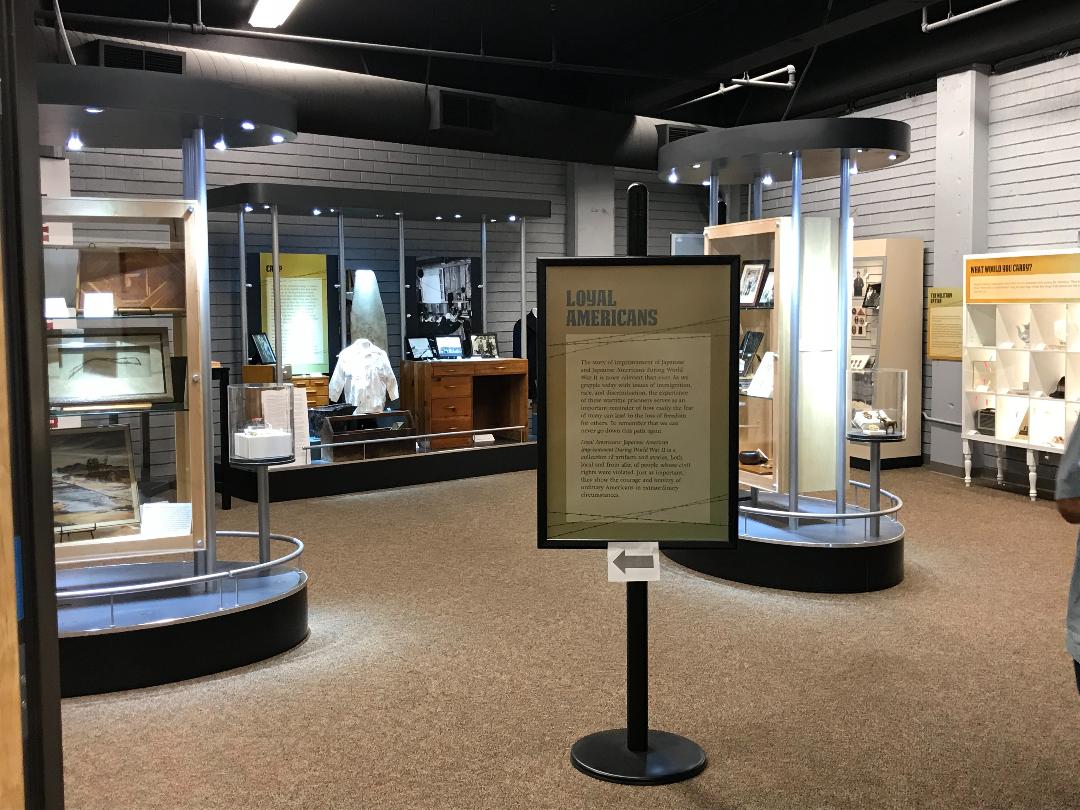
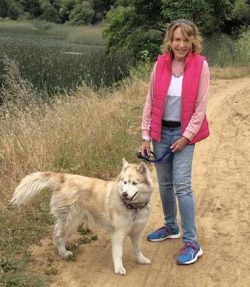
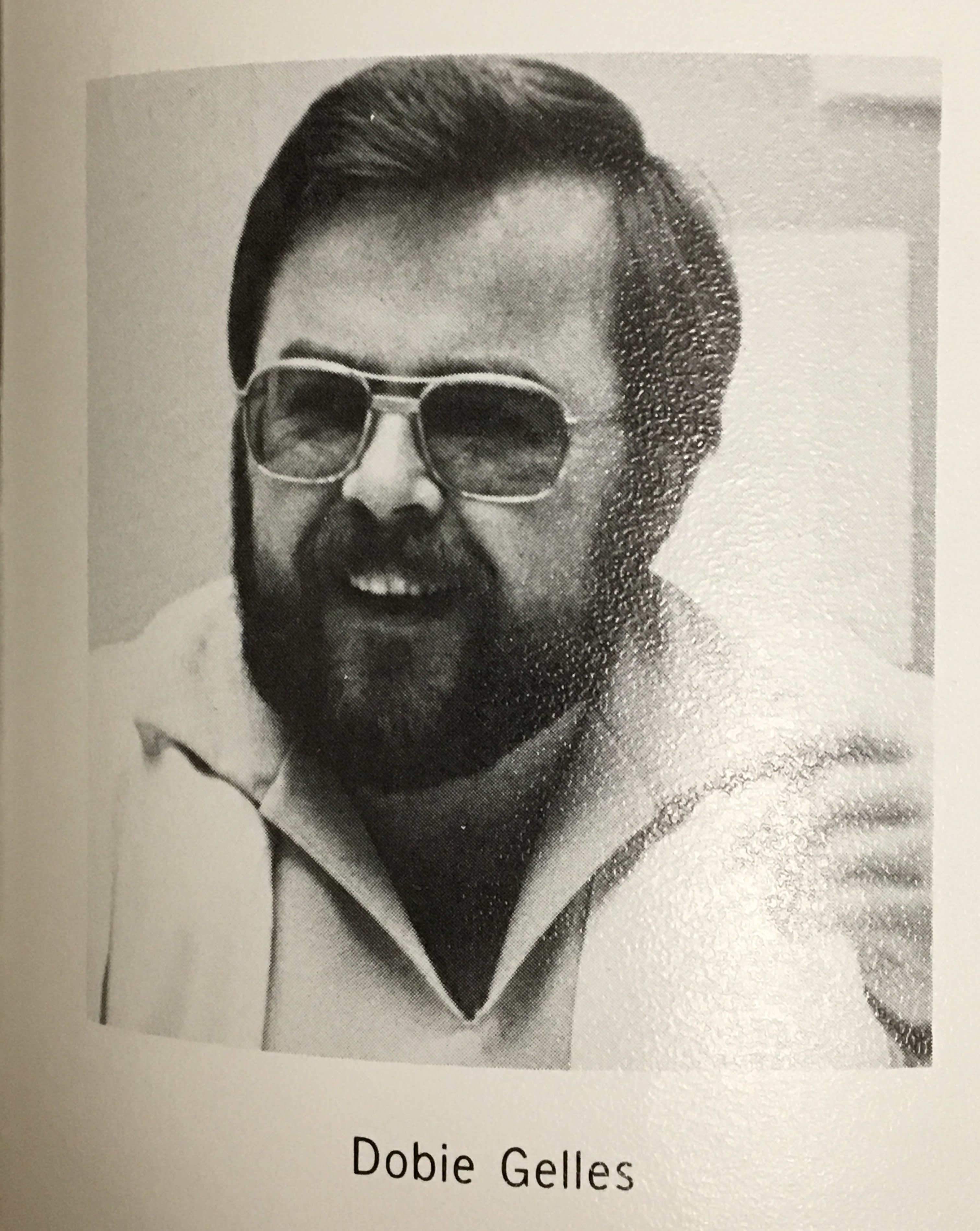
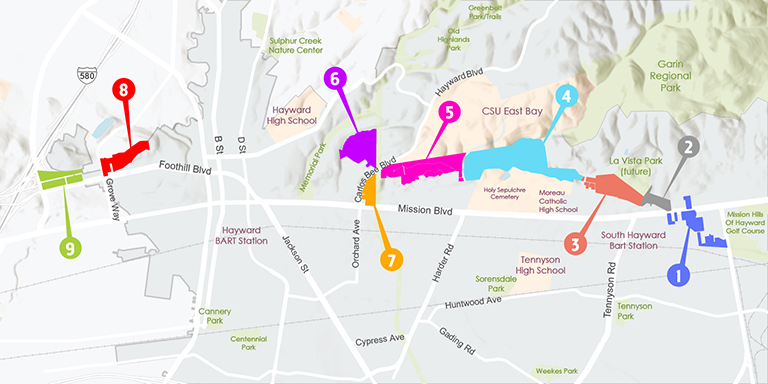
My deep gratitude to you, Tomoko and the leads who put together this historical reminder… We have much to do to remember that each one of us is a manifestation of greatness. Of course, this starts with honoring the self in a healthy and an unconditional loving ways. I now that the peace our souls seek is within reach. My deepest gratitude to those of us who have entered that peaceful state and CHOOSE to remain there. Lovingly, your sister,
Fascist Italy was an official enemy, and citizens of Italy were also forced away from “strategic” coastal areas in California. Altogether, 58,000 Italians were forced to relocate. They relocated on their own and were not put in camps. Known spokesmen for Benito Mussolini were arrested and held in prison. The restrictions were dropped in October 1942, and Italy switched sides in 1943 and became an American ally. In the east, however, the large Italian populations of the northeast, especially in munitions-producing centers such as Bridgeport and New Haven, faced no restrictions and contributed just as much to the war effort as other Americans.